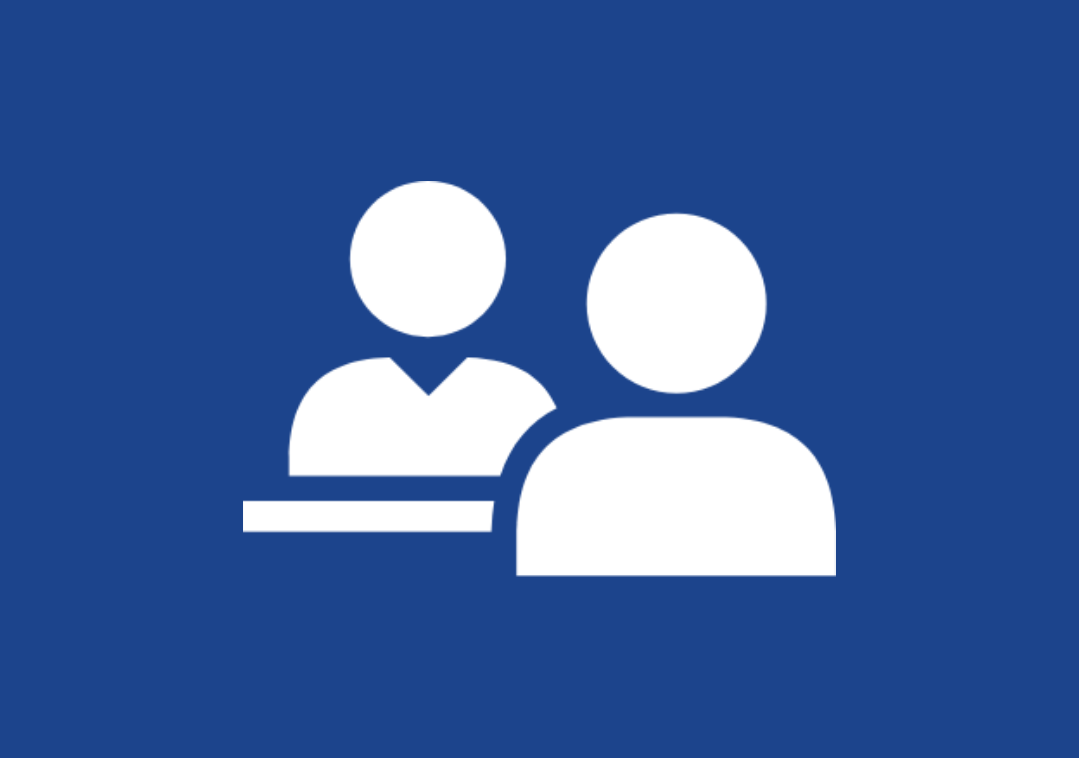Building a Better Toolbox: Age-Tech Tools for Supporting Elders and Their Families

Think about a toolbox in the home – it is generally robust, organized by function, and easily accessible. An Age-Tech Toolbox for care managers is no different. While most care managers have resources and tools that they routinely access, age-related technology tools can make a significant difference and greatly enhance overall quality of life for elders.
Building and organizing an Age-Tech Toolbox was the focus of a webinar hosted by Forum Extended Care Services, The Age-Tech Toolbox: Up-to-Date Age-Tech Tools for Supporting Elders and Their Families, presented by Benjamin Surmi, MSG, Social Gerontologist, Director of Culture and Education, Koelsch Communities.
There are more than 400 age-tech tools on the market for older adults and their caregivers intended to improve the aging experience. These tools are generally organized into the following categories: getting more out of the physical body, ensuring a safer life, building friendship, getting around, finding the right home, and being well cared for.
Better body tools help people live better and independently using the body as it is. Great advancements have been made to redefine wheelchairs. There are versions in the market that are so compact that they can fold up and be stored in an airplane luggage bin. Other tools include seismic-powered clothing that strengthens the body and compensates for any weaknesses and gloves that help control tremors.
Safe life tools help keep people safe in their surroundings. Tools in this category include fall-detecting sensors that alert caregivers; toilet seats that can detect dehydration, illness, or even disease; geotracking wearables with real-time notifications; alerts to phone scams; and artificial intelligence (AI) to track financial transactions.
Friendship tools helping to prevent isolation were met with great acceptance during the pandemic and continue to evolve. Most use a smart phone or tablet. Among the many options now available include enlarged keyboards, voice activation, and even AI to suggest the best time to call a family member when they are most likely to be available.
Getting around tools include personal mobility aids and also transportation for those who no longer drive. While common apps like Uber are readily available, there are also services specifically geared for elders and their unique requirements.
At home tools help elders to enhance life within their home. There are age-tech tools to help find and vet roommates and others that help build engagement with safe companions.
Well cared for is a broad category that covers caring for oneself. Options include smart reminders and trackers for medications, food selection and intake, and physical activity. Another popular technology helps adapt to incontinence with peel-away sheets. Instead of changing a bed, just remove and dispose of the next layer.
Newer and better age-tech tools are introduced at a regular pace in the market, many at very affordable price points. The challenge is understanding the needs of each elder and having a robust tool box from which to make recommendations.